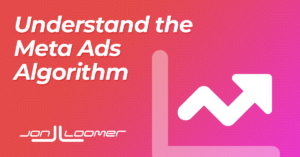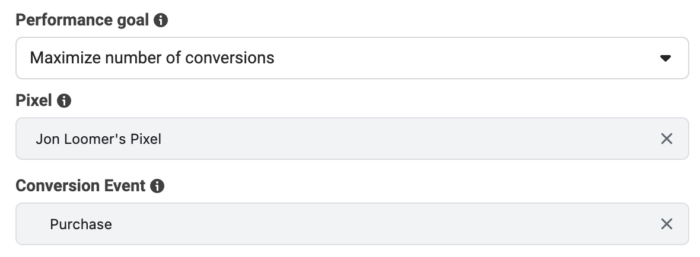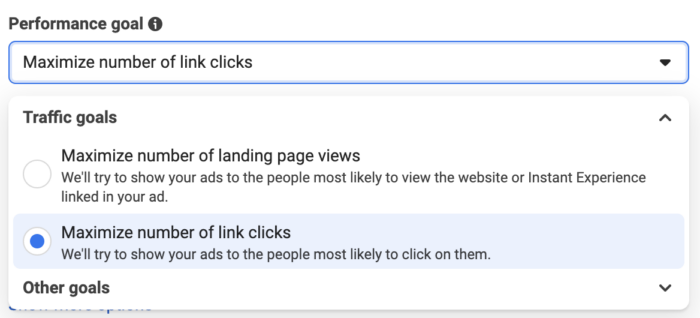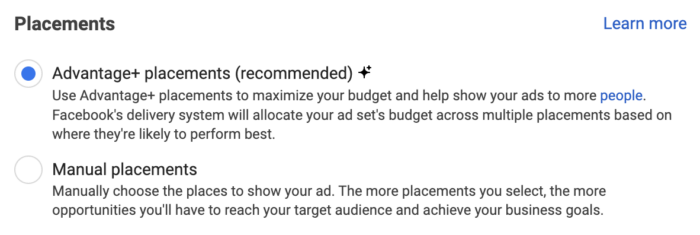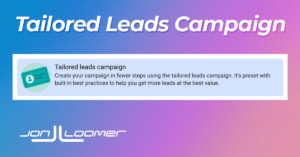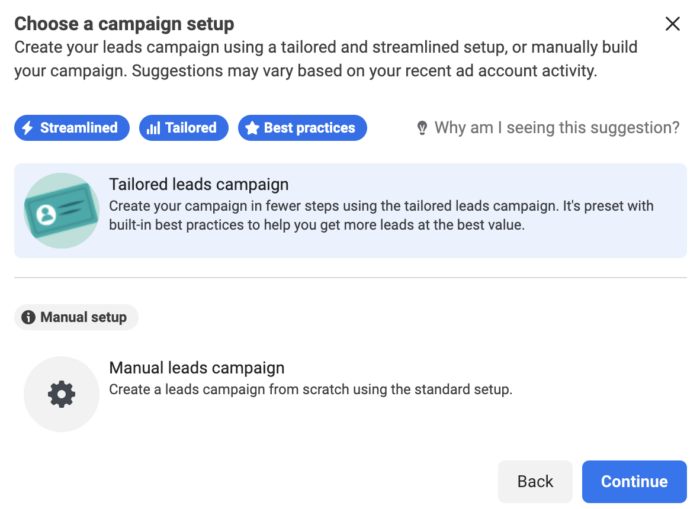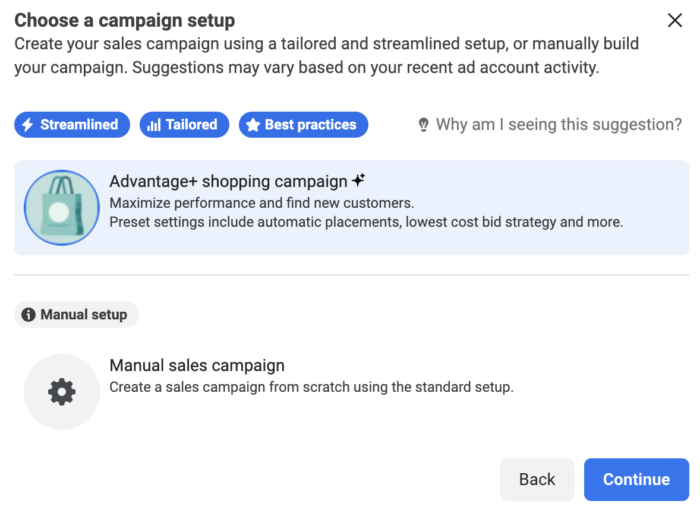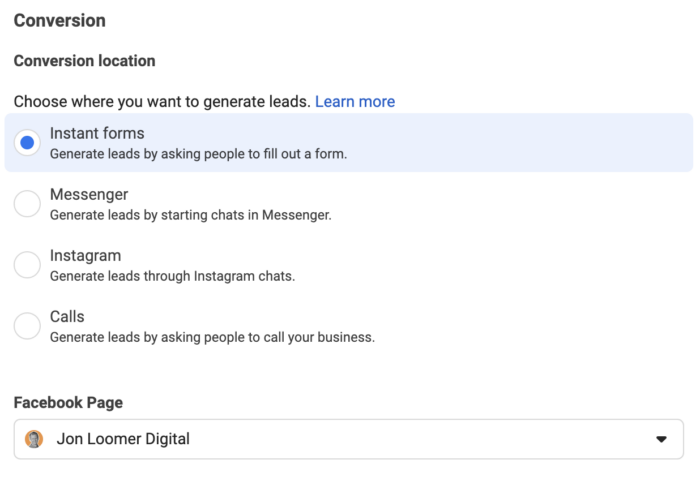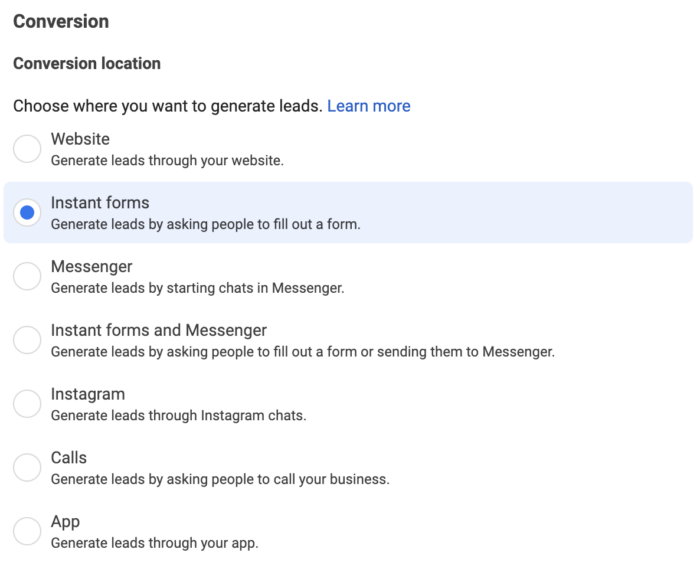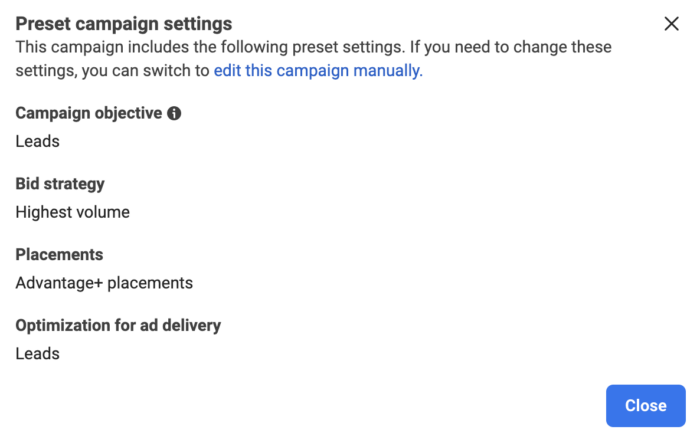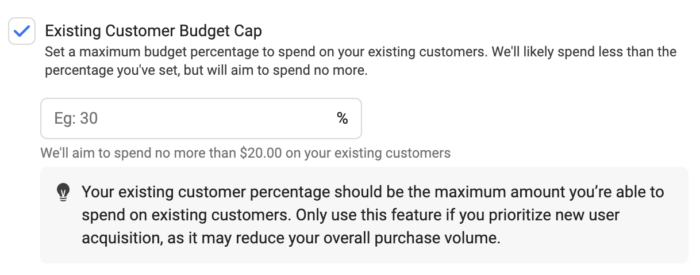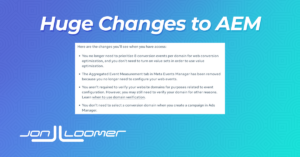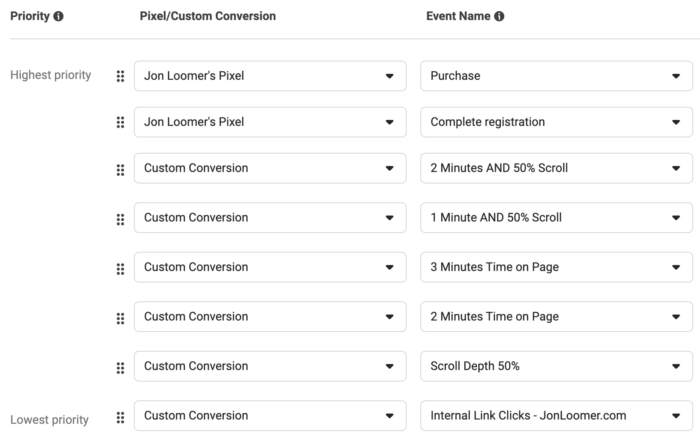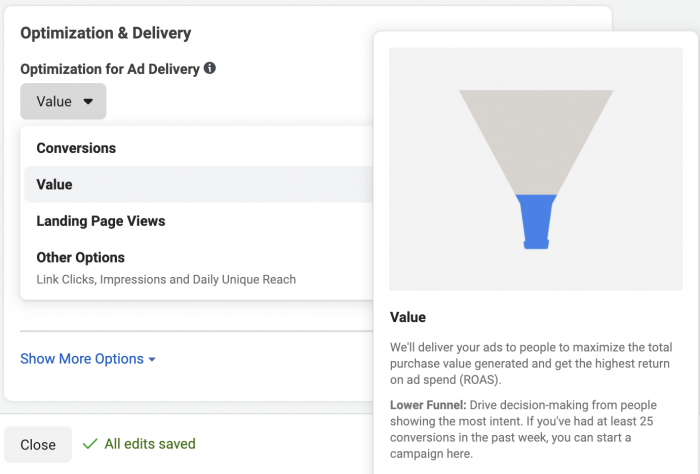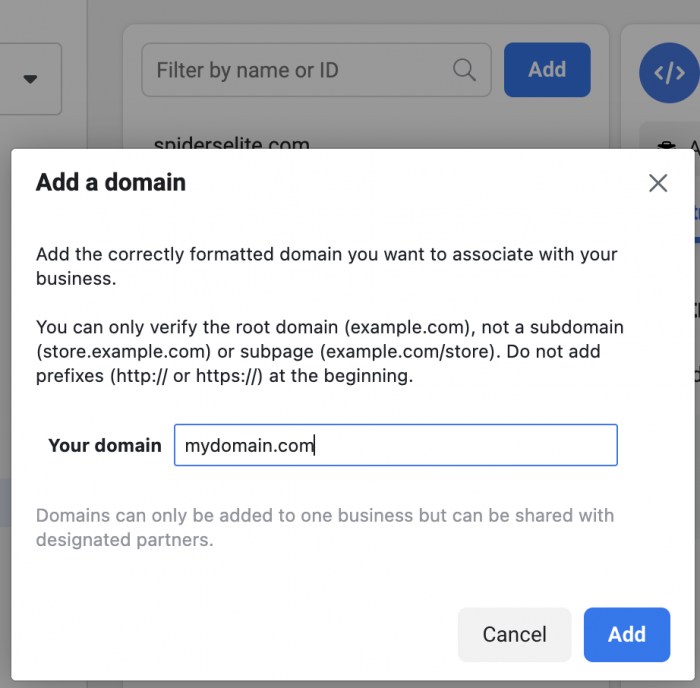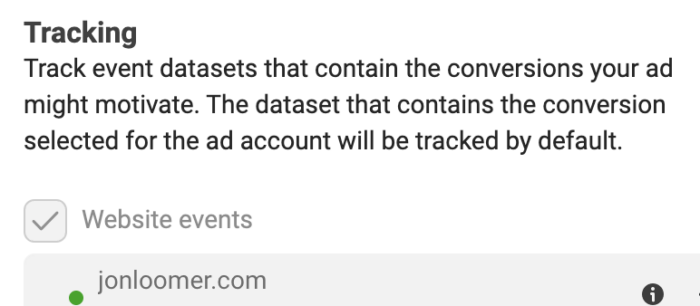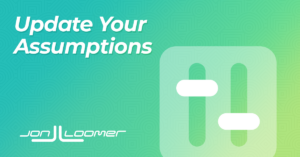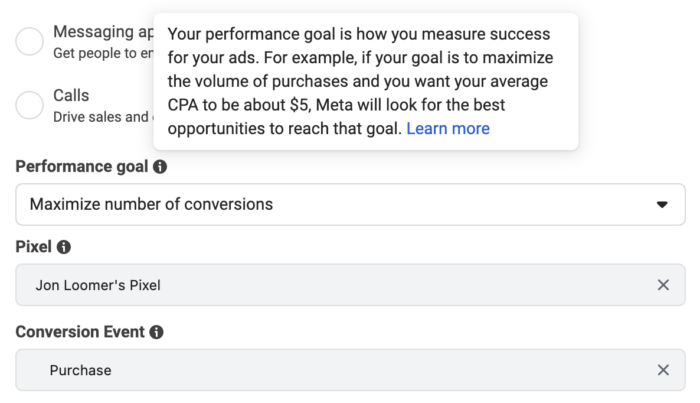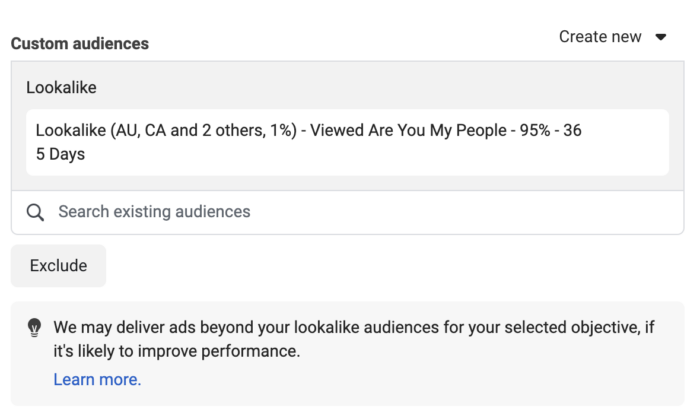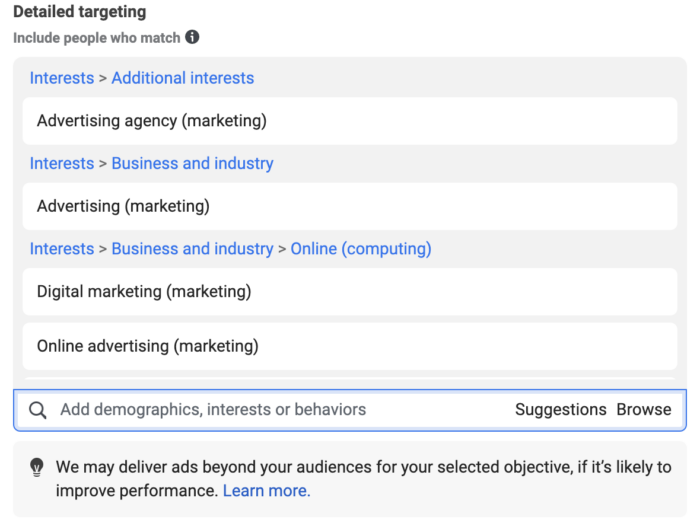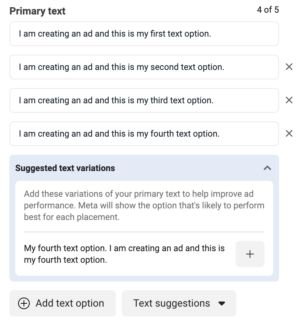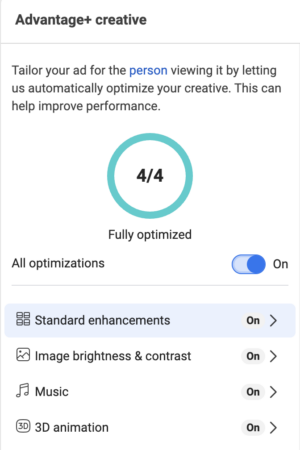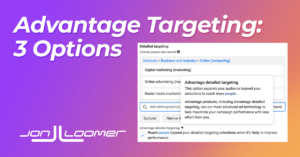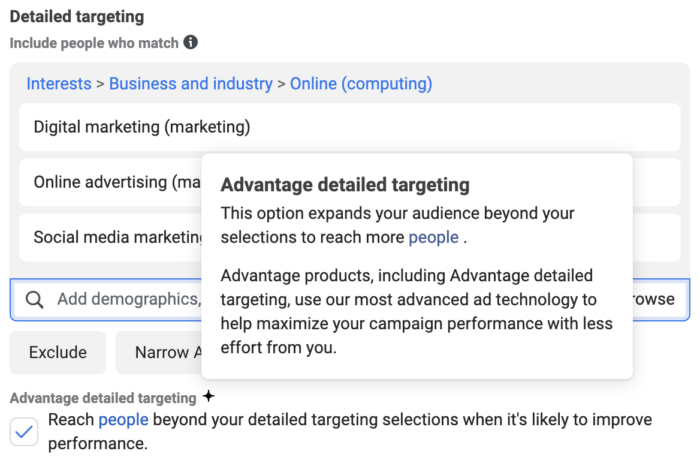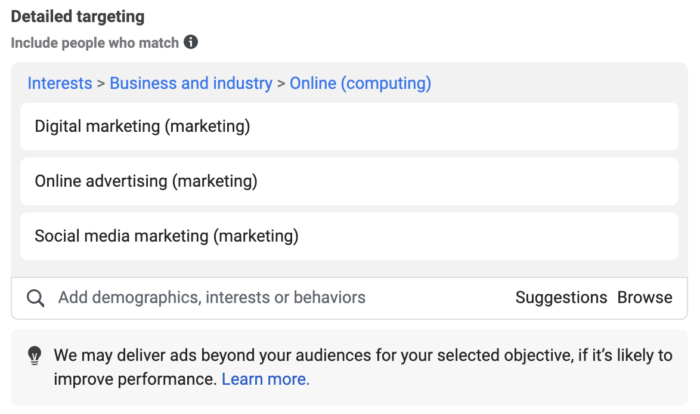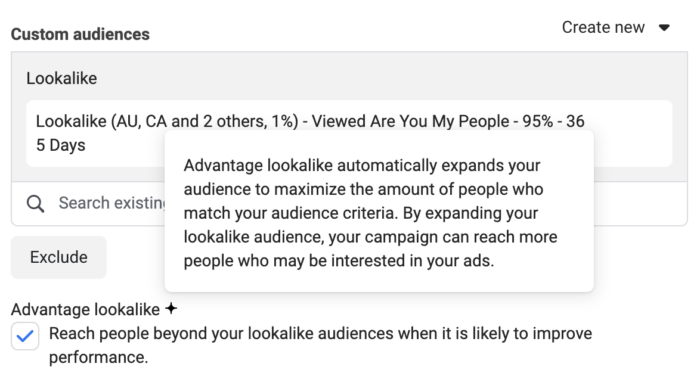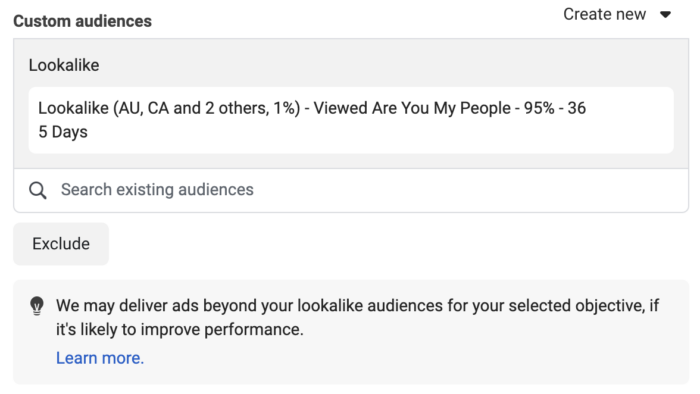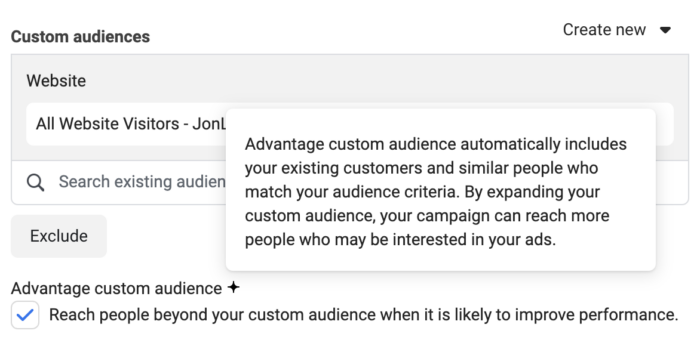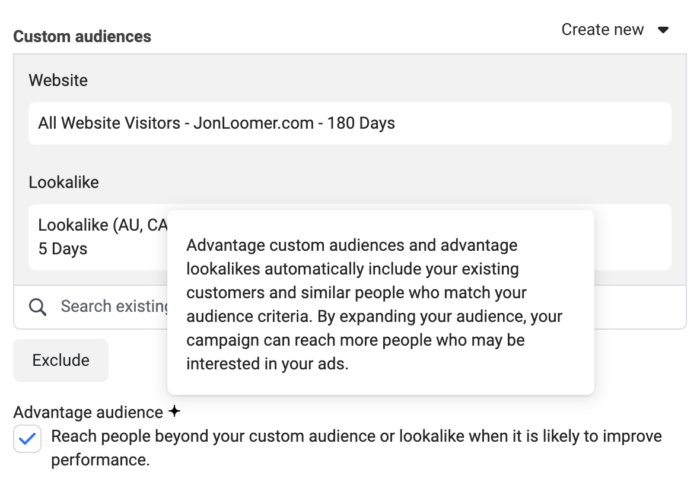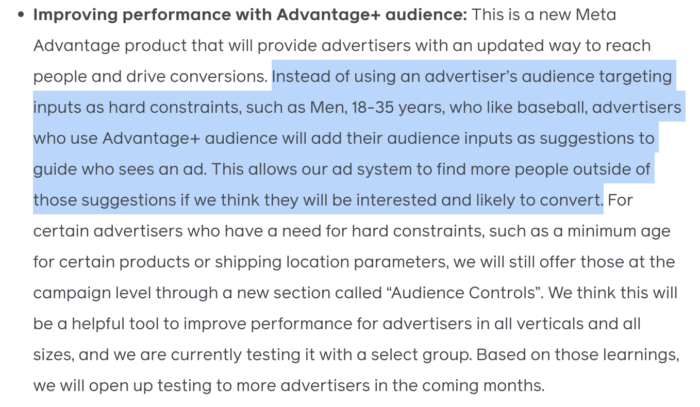What can B2B marketers learn from the top presentations that were on tap during the Association of National Advertisers annual ANA Masters of B2B Marketing 2023 conference?
The event, which took place in Orlando, Florida and online, was all-B2B, all the time, and offered the latest B2B marketing insight by leading speakers including Linda Boff of GE, Toni Clayton-Hine of Ernst & Young LLP, and many other top industry speakers.
Marketing conferences offer a true wealth of benefits to marketers seeking the latest learning, new networking opportunities, and the freshest industry research and insight to increase brand awareness.
Let’s take a look at some of the top B2B marketing take-aways from the insight-filled ANA Masters of B2B Marketing 2023 conference, in the form of social messages surrounding the conference that have particularly resonated with B2B marketers.

1 — 1st & 3rd Party Data + AI Drives Account-Based Marketing Success
1st party + 3rd party data combined with AI is a great way to start small in account based sales and marketing. Excellent presentation by @LataneConant of @6senseInc at #ANAB2B! ?? pic.twitter.com/qLkd2a41mG
— Marisa Lather (@MarketerMarisa) June 7, 2023
2 — Human Needs Go Beyond Mere Buzz With Brand Experiences
When we “talk” about B2B marketing – we like to get all buzz-wordy. BUT…we’re all human! Great study from B2B International showcasing human need! #ANAB2B https://t.co/kkGmk5lFlL
— Sean Brown (@seanbrownignite) June 7, 2023
3 — Become An Open-Source Marketer
Be an open-source marketer. Share. Collectively come together, trade notes, share knowledge. Great tips from Vincent Bahk of @FISGlobal at #ANAB2B! pic.twitter.com/M0R8NcYDNV
— Marisa Lather (@MarketerMarisa) June 7, 2023
4 — Be A Mentor & Make Customers The Hero
“We are not Luke Skywalker, as marketers we are Obi-Wan, we are mentors focused on making our customers the hero”
As a HUGE bonus, here are his 10 Key Takeaways from today’s session at the ANA Masters of B2B Marketing. Thx for sharing your wisdom @GregBoosin #ANAB2B #Mastercard pic.twitter.com/967rm9fnf8
— Michael Donnelly (@MichaelDonnelly) June 6, 2023
5 — Help Ease The Spaghetti Bowl of Today’s B2B Buying
“It’s super hard to be a b2b customer today”
Count agree more Jeff!#anab2b pic.twitter.com/99ydr6Ob4b
— Jon Busby (@busbyjon) June 5, 2023
6 — Embrace B2B Simplicity Over Complex Counting
“Instead of glorifying the complexity of B2B Marketing, let’s simplify. Everything starts with the customer.” @faderp @Wharton #ANAB2B
This.??Too much B2B resource is spent on tech to count what happened and not enough researching the customer needs to begin with.
— anne hunter (@FollowAnne) June 6, 2023
7 — The B2B Marketing Magic of Decisive Messaging
3 vital questions to create a magical #marketing campaign:
1. What do you want people to know?
2. What do you want people to do?
3. How do you want people to feel?#ANAB2B #generalelectric @lindaboff pic.twitter.com/kvBKddpkhe— Michael Donnelly (@MichaelDonnelly) June 6, 2023
8 — Measure To Manage In B2B Marketing
This hits home for me right now! “You can’t manage what you can’t measure” – @faderp of University of Pennsylvania from his session “Take the Leas by Focusing on the Customer” at the #ANAB2B marketing masters conference. #b2bmarketing pic.twitter.com/6g1yIJcrZQ
— Brianna Miller (@BriannaMill3r) June 6, 2023
9 — The First-Reach B2B Reward
Two-thirds of #B2B sales go to the company that reaches out first. #ANAB2B @gregboosin @mastercard pic.twitter.com/om0lNDW3ma
— Marisa Lather (@MarketerMarisa) June 6, 2023
10 — The Importance of Making Good B2B Decisions in Bad Times
.@lishaperez, Partnership Lead, The B2B Institute at @LinkedIn highlights why marketers especially need to make good decisions during bad times. #anab2b pic.twitter.com/JkyMhNxilJ
— Dov Hoffman (@dovhoffman) June 6, 2023
Elevate B2B Marketing With Event Insights
Through its series of events, the ANA and the speakers it has gathered together have helped raise the bar in B2B marketing.
We hope that the insight we’ve shared here will help you in your own efforts to elevate B2B marketing throughout 2023 and beyond.
To find upcoming B2B marketing events be sure to check out our “50+ Top 2023 B2B Marketing Events To Learn From.”
More than ever before, creating award-winning B2B marketing that elevates, gives voice to talent, and humanizes with authenticity takes considerable time and effort, which is why more brands are choosing to work with a top digital marketing agency such as TopRank Marketing. Contact us to learn how we can help, as we’ve done for over 20 years for businesses ranging from LinkedIn, Dell and 3M to Adobe, Oracle, monday.com and many others.
Ready to elevate your B2B brand? Connect with our team to learn more today!
The post 10 Key Take-Aways From ANA’s Masters of B2B Marketing appeared first on B2B Marketing Blog – TopRank®.
Did you miss our previous article…
https://www.sydneysocialmediaservices.com/?p=6280


